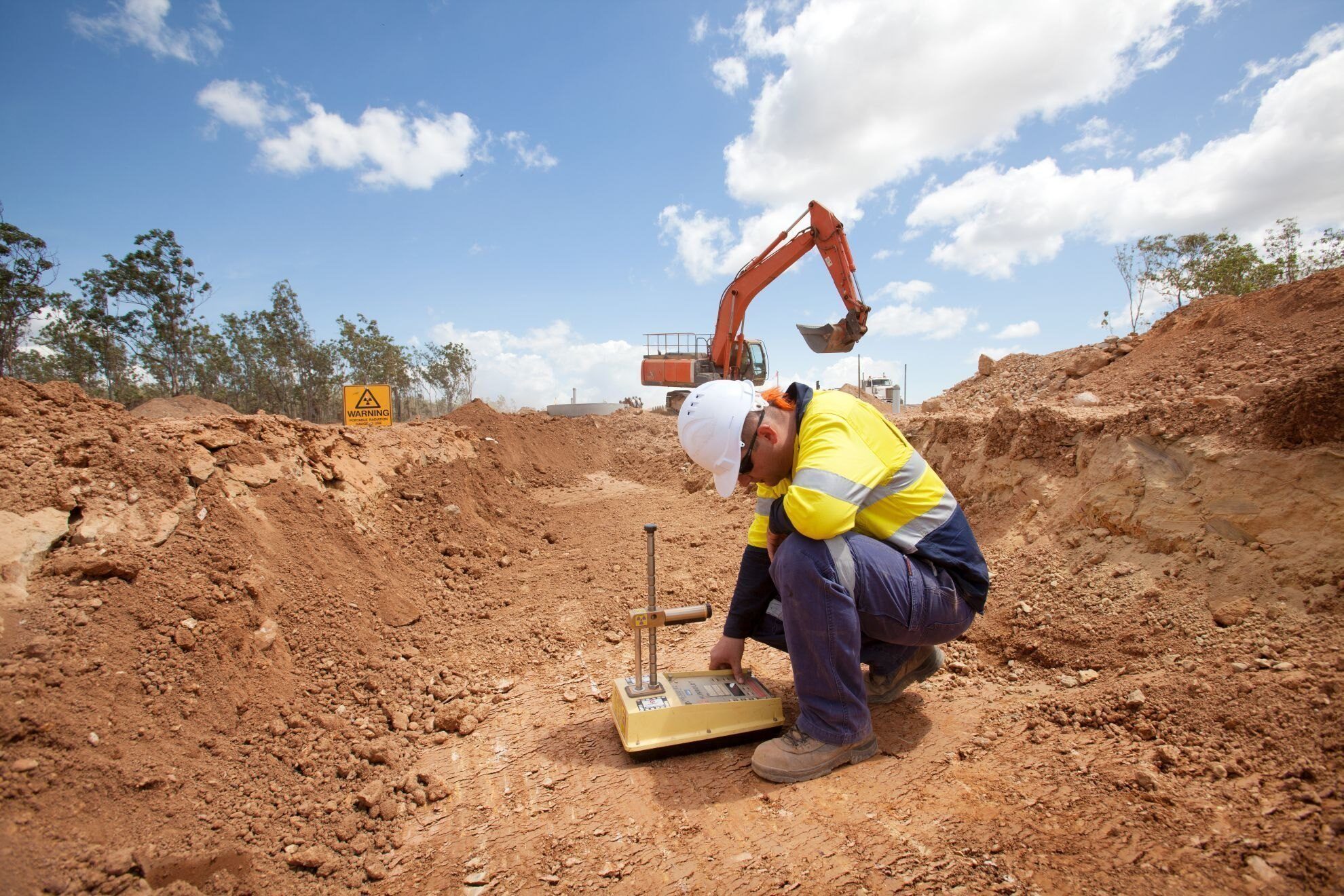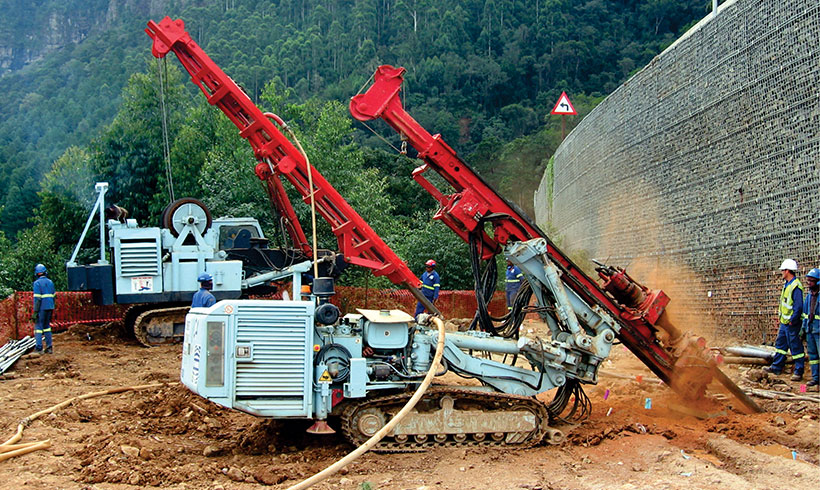About Geotechnical Engineering For Construction Projects
Wiki Article
Not known Details About Geotechnical Engineering For Construction Projects
Table of ContentsEverything about Geotechnical Engineering For Construction ProjectsGeotechnical Engineering For Construction Projects Can Be Fun For EveryoneThe Of Geotechnical Engineering For Construction ProjectsEverything about Geotechnical Engineering For Construction ProjectsThe 2-Minute Rule for Geotechnical Engineering For Construction Projects7 Simple Techniques For Geotechnical Engineering For Construction Projects
The duty of geotechnical engineering considerably deals with realizing the attributes of soil and rock, which might differ dramatically by their thickness, dampness content etc. These features should be analyzed by geotechnical engineers to anticipate their activities under numerous conditions. The safety along with stability of structures are impacted by soil problems, making this analysis essential.A geotechnical engineer will certainly analyze soil to identify the bearing ability of the planet and recommend appropriate foundation kinds, such as superficial structures, deep foundations like stacks, or specialized services like floating foundations for soft soils. Recognizing the attributes and actions of soil and rock, in addition to exactly how they communicate with buildings that have actually been put up on or within them, is just one of the primary explanations for why geotechnical engineering is necessary.
Environmental security is achieved through geotechnical engineering. Competence in air, water, and soil top quality upkeep is placed to utilize by geotechnical designers to minimize the negative effects of tasks.
To sum up, geotechnical engineering is an essential self-control that protects the durability and honesty of civil facilities. Geotechnical designers add to making building projects effective all over the globe by comprehending the practices of earth materials and applying appropriate planning techniques.
8 Simple Techniques For Geotechnical Engineering For Construction Projects
By analyzing soil, rock, and subsurface conditions, geotechnical engineers give necessary insights that aid in the design, construction, and maintenance of structures and framework.
The Geotechnical Engineering For Construction Projects PDFs
Lab screening: Figuring out the homes of soil and rock. Numerous prominent construction projects have actually effectively used geotechnical engineering to guarantee their security and safety and security.
As a leader in geotechnical engineering, BECC Inc. is devoted to delivering innovative and reliable services that satisfy the greatest criteria of top quality and safety and security. To learn more on exactly how BECC Inc. can support your following construction project, contact us today and let us aid you improve strong ground.
William Rankine, a designer and physicist, created a different to Coulomb's earth stress concept. Albert Atterberg created the clay consistency indices that are still utilized today for soil category. In 1885, Osborne Reynolds identified that shearing reasons volumetric expansion of thick products and contraction of loosened granular materials. Modern geotechnical engineering is said to have started in 1925 with the magazine of Erdbaumechanik by Karl von Terzaghi, a mechanical engineer and geologist.
The Geotechnical Engineering For Construction Projects Diaries
Terzaghi also developed the structure for concepts of bearing capacity of foundations, and the concept for forecast of the price of settlement of clay layers because of debt consolidation. Afterwards, Maurice Biot completely established the three-dimensional soil consolidation concept, expanding the one-dimensional model previously developed by Terzaghi to extra general theories and presenting the set of standard equations of Poroelasticity.Geotechnical designers examine and establish the residential or commercial properties of subsurface conditions and materials.
The Basic Principles Of Geotechnical Engineering For Construction Projects
Geologic mapping and interpretation of geomorphology are usually completed in appointment with a geologist or engineering geologist. Subsurface exploration normally involves in-situ testing (for example, the common penetration examination and cone penetration test). The excavating of test pits and trenching (specifically for situating mistakes and slide airplanes) may also be made use of to find out about soil conditions at deepness. Still, they are sometimes used to allow a geologist or engineer to be lowered right into the borehole for straight aesthetic and hand-operated exam of the dirt and rock stratigraphy. Various soil samplers exist to satisfy the needs of different design projects. The basic infiltration test, which uses a thick-walled split spoon sampler, is one of the most common means to accumulate disrupted samples.

Usually, the user interface's exact geometry is unknown, and a simplified interface geometry is assumed. Finite slopes call for three-dimensional models to be assessed, so most slopes are assessed presuming that they are definitely large and can be stood for by two-dimensional models.
Geotechnical Engineering For Construction Projects - Truths
about his Producing the design based on a working hypothesis of actions prepared for under the most potential problems. Selection of amounts to be observed as construction proceeds and determining their expected worths based on the working theory under the most undesirable problems.Dimension of amounts and analysis of actual conditions. Layout adjustment per actual problems The observational approach is ideal for building that has actually already started redirected here when an unforeseen advancement occurs or when a failing or mishap looms or has currently taken place. It is improper for jobs whose style can not be modified throughout building.
Report this wiki page